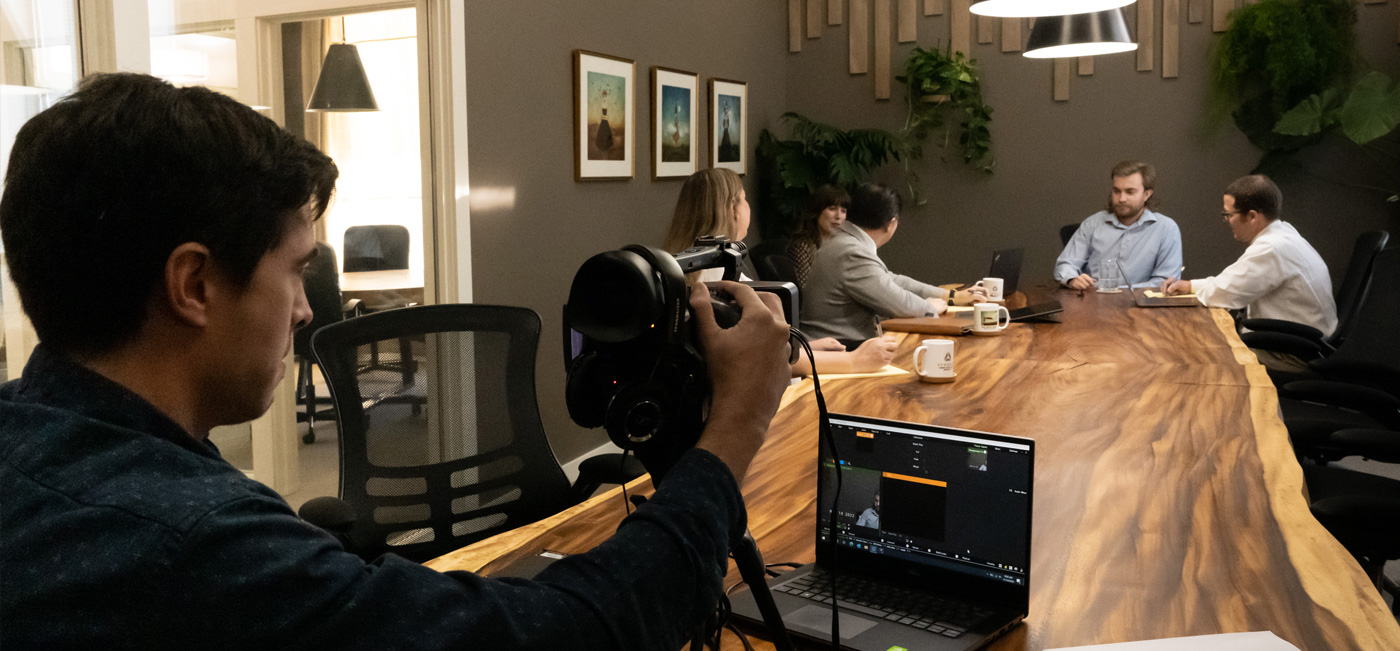Comprehending the Effect of Legal Videography on Instance Outcomes
Exploring the Vigor of Legal Videography: a Comprehensive Insight Into Its Capability in Maintaining Accurate Visual Records for Legal Instances
Lawful videography stands as an important component in the realm of lawful proceedings, offering as a silent yet powerful viewer in the pursuit of justice. As we dig right into the performance and significance of legal videography in the context of lawful cases, a profound understanding dawns upon the vital function it plays in forming the course of justice.
Relevance of Legal Videography
Highlighting the essential role of legal videography in modern-day legal proceedings, its relevance depends on its capacity to provide irrefutable aesthetic proof that enhances the discussion of facts and statements. By capturing live events, depositions, and witness testimonies in a video style, legal videography makes certain that every nuance, detail, and expression is properly maintained for later testimonial. This aesthetic documentation functions as a powerful tool in courtrooms, allowing judges and jurors to better recognize the context of a case and make informed decisions based upon the here and now evidence.
In addition, legal videography contributes to raised openness and accountability in the lawful system. In significance, the importance of legal videography exists in its capability to copyright the honesty of the legal process by recording and protecting precise aesthetic records that sustain the pursuit of justice.
Functionality in Lawful Documentation
Lawful videography's role in modern-day legal process prolongs past offering aesthetic evidence; its capability in legal documents is crucial for precisely maintaining the details of testaments and events. Via the precise recording of depositions, court proceedings, witness statements, and crime scene investigations, legal videography makes certain an unfiltered account of events that can be taken another look at and evaluated throughout the legal process. This exact documentation serves as an essential source for judges, juries, and attorneys to reference particular minutes, body movement, face expressions, and nuances that may not be completely recorded in written transcripts alone.
Additionally, lawful videography plays a pivotal role in preserving the stability of lawful process by reducing the risk of false impression or adjustment of information. The visual records caught with lawful videography give an objective depiction of the realities presented during a situation, providing a dependable and extensive source of evidence that can considerably affect the result of legal disputes (Legal Videography). Fundamentally, the functionality of legal videography in lawful documents acts as a foundation in maintaining transparency, accuracy, and fairness within the lawful system
Value in Visual Proof Preservation
Preserving visual proof with careful recording methods is a vital aspect of legal videography. The relevance of aesthetic evidence conservation can not be overstated in legal process. Aesthetic evidence, such as videos of criminal activity crashes, scenes, or statements, can supply vital insight right into events that words alone may not totally capture. By precisely recording these visuals, lawful videographers play an important role in making certain the stability and credibility of evidence offered in court.
Visual proof preservation likewise aids in stopping misconceptions or misconceptions that can arise from created or verbal statements. The capacity to look here see and hear events as they took place can considerably influence the outcome of a situation. Visual proof can offer as a powerful tool for both the prosecution and defense in offering their arguments persuasively.
Role in Ensuring Justice
In the quest of just lawful and fair end results, the duty of lawful videography is indispensable. Legal videography plays a critical duty in ensuring justice by offering precise and honest visual evidence that can considerably affect the result of lawful situations. Unlike created records or testaments, imp source video clip recordings record the subtleties of body language, facial expressions, and tone of voice, using a detailed depiction of occasions as they unfold. This visual evidence is especially valuable in courtrooms, where it can help test or affirm witness testaments, reinforce debates, and eventually add to the establishment of truth and fairness.
In addition, lawful videography acts as a means of maintaining turning points and information that may be missed or misunderstood in composed records (Legal Videography). By recording scenes, activities, and communications in real-time, lawful videography assists prevent misstatements and makes sure that all events included have accessibility to the same info, promoting openness and accountability in the legal procedure. Inevitably, the usage of lawful videography not only enhances the performance of lawful procedures however likewise maintains the concepts of justice and equity in the legal system
Crucial Tool for Legal Situations

Conclusion
Finally, lawful videography plays an essential role in protecting exact aesthetic documents for lawful cases. Its significance depends on its capability in legal paperwork, value in visual evidence preservation, and function in making certain justice. As a crucial device for legal cases, lawful videography acts as a useful resource for offering aesthetic proof and adding to the total honesty of the legal procedure.
Lawful videography's role in modern lawful procedures extends past providing aesthetic proof; its capability in lawful documents is crucial for precisely protecting the information of events and testaments. In significance, the performance of lawful videography in legal documents offers as a cornerstone in supporting transparency, accuracy, and fairness within the lawful system.
Inevitably, the usage of legal videography not just enhances the efficiency of legal proceedings however also supports the principles of justice and equity in the lawful system.

As a vital tool for legal instances, lawful videography offers as a useful resource for presenting visual proof and contributing to the overall stability of the lawful procedure.